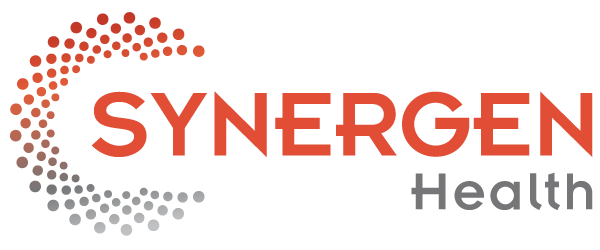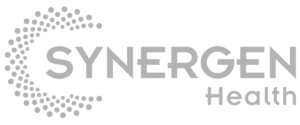Health care systems have historically been able to withstand economic downturns because of support from insurers that paid most of their members’ medical expenses. As consumer-directed health plans gained popularity, this dynamic began to shift. Due to the ubiquity of high deductible plans (HDHPs), many more patients will be susceptible to financial accountability for their medical care as consumers enter the impending recession.
Health care organizations must be ready to diligently reduce aged receivables heading into the impending recession. Take steps now to implement a patient centered approach to your front-end revenue cycle process. Technology solutions provide patients with estimates to care in advance of their treatments. In addition, eligibility and benefit validation allows providers to know what to collect in advance, thus lowering the volume of receivables.
Debt owed by patients is rising
The COVID-19 pandemic left many healthcare institutions running on razor-thin margins; meanwhile, more than 100 million adults in America currently owe money for medical expenses. According to 2022 research from the Kaiser Family Foundation, 41% of people in America have incurred debt from medical expenses. This may result in people forgoing necessary medical treatment due to the out of pocket expense. Healthcare organizations should take the appropriate preventative measures immediately to stop an increase in their aged receivables as a result of such mounting debts.
Increases in unemployment, given the state of the economy, will influence the number of uninsured individuals seeking medical attention. A recession will undoubtedly worsen this situation by adding to it an increase in behavioral health, leaving more people prone to seeking necessary care without the financial ability to pay for treatment.
Enhancing financial experiences
For a patient, medical bills and charges can easily cause confusion. Patient liability is challenging to control in the absence of financial discussions that provide precise estimates of healthcare services or the capacity to offer a variety of payment options. Providers can increase revenue while also boosting patient satisfaction in utilizing front-end tools to confirm benefits and calculate patient liability. This will ultimately result in a more seamless patient journey.
Before services are provided, patient liability must be made transparent. Currently, 70% of patients with families earning less than $40,000 reported being unable to pay a $500 emergency medical charge. Patient financial responsibility will only continue to increase during a recession.
The likelihood of receiving a surprise bill after care is significantly decreased when providers are equipped with cutting-edge tools to deliver precise, simple-to-understand estimates that help patients understand their out-of-pocket financial obligations before they receive care. In addition to giving patients options to choose from, this helps patients set realistic budgetary expectations. The patient experience is enhanced with this level of transparency, and providers are more likely to receive accurate and timely payments.
Increased payment options
Another way technology might improve patients’ financial experience is by integrating payment systems. A health care organization’s cash flow will increase thanks to faster payments, and patients will find it simpler to pay their medical bills with an integrated payment solution. Patients can make payments online, over the phone, or occasionally through an interactive voice response (IVR). To customize the preferences of each patient, providers may additionally offer automated tools for managing patients’ requests for partial payments and/or setting up payment schedules.
Experts predict that patients will tighten their financial belts. When patients receive unexpected bills and money is tight, their satisfaction and loyalty to their provider will undoubtedly waver. Revenue cycle executives are better positioned to weather the recession when both health care staff and their patients have access to the tools they need to manage patient financial expectations.
Safeguarding profits and access to care for patients
With widespread economic instability, health care systems need to strengthen their financial footing in anticipation of a downturn. Avoiding larger aged receivables in the face of rising patient responsibility is one aspect of this. Another is to offer patients transparency at every touchpoint to accommodate a smooth financial experience. Equally crucial will be promoting consumer-driven technological solutions that provide simple-to-read statements and convenient bill payment options. Investing in an integrated payment solution will increase transparency by placing the proper tools in the hands of their patients. In the end, this will allow healthcare organizations to speed up payment collection while simultaneously ensuring that every patient engagement results in the best possible patient experience.

